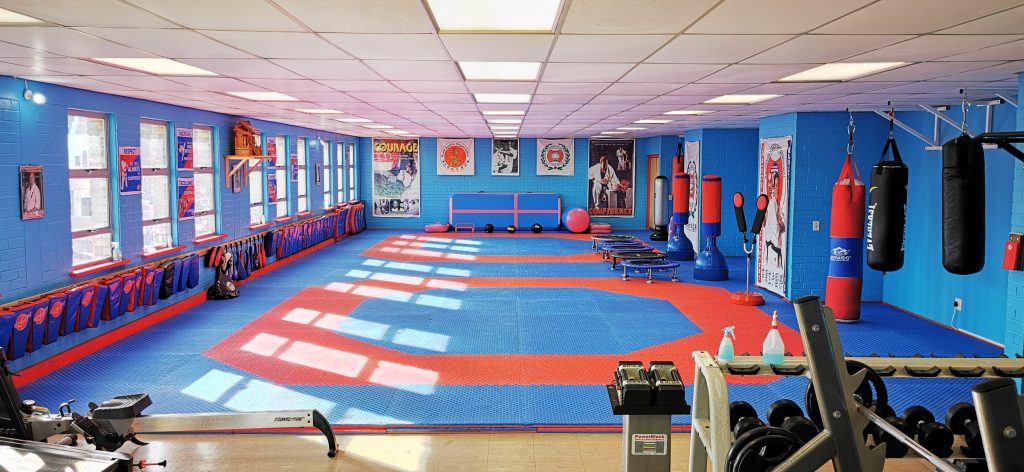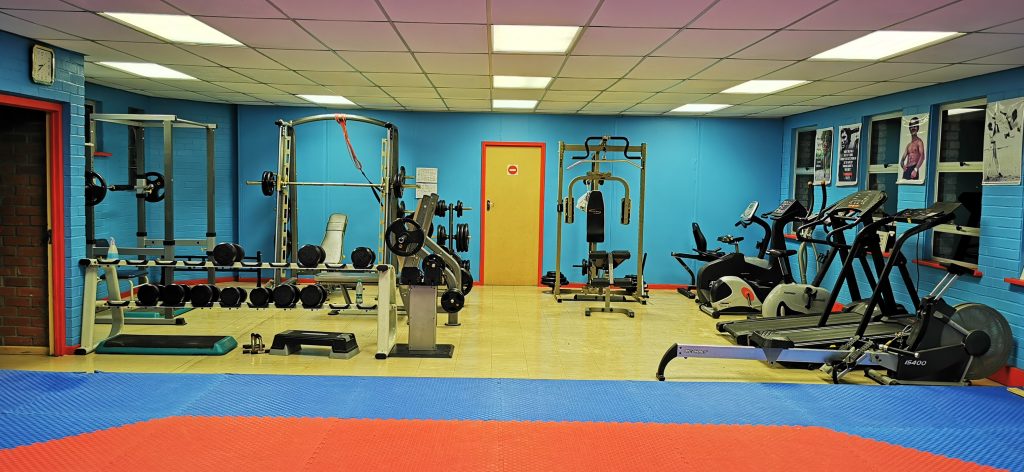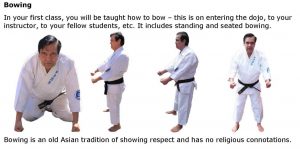Dojo – Ashihara Karate International – Kaicho Hoosain Narker Sabaki Fighting Karate
The dojo is the place for the practice of Karate do. Dojo literally means “training” or “learning” place, Do means way and Jo means place. It is a place for correcting oneself in mind, body and spirit. One should always observe a correct attitude. In the dojo, there is a very strict, formalised etiquette, covering how to greet people, how to enter and leave the dojo, how to fix your uniform while on the floor, and how to tie your belt. These little formalities should be scrupulously observed by all students, not just by new students.  The front wall of the dojo, called shomen, is the place of honour. In most Dojo there is a picture of the founder of the school hanging on the wall. In front you would also find in the dojo centre, the shrine or altar called shinzen (shinden). Some dojo also feature a Kamiden. (The Ashihara Honbu dojo, as part of maintaining a traditional flavour, has both the Shinzen and Kamiden). Other items which may also be displayed may include flags, the dojo kun or the style’s emblem. The instructor sits on the shomen’s left side, joseki (upper seat), while the students sit on the opposite side (basseki – the lower seat) in descending order of rank from the shomen. Often, various types of equipment can be found in the dojo, each having a special use or meaning. Such equipment include tatami (mats), makiwara (striking board), punching bags, striking pads, Taiko (Drum) and other types of equipment. It is important to know the correct method of use and the cleaning and caring associated with it. In some dojo, at the back end, there will be the name boards or nafudakake, which denotes the various ranks of Yudansha in the dojo/organisation. Thus the dojo is more than just a place for physical training. The dojo, and equipment contained in it, is there for the complete development of all who use it. |



